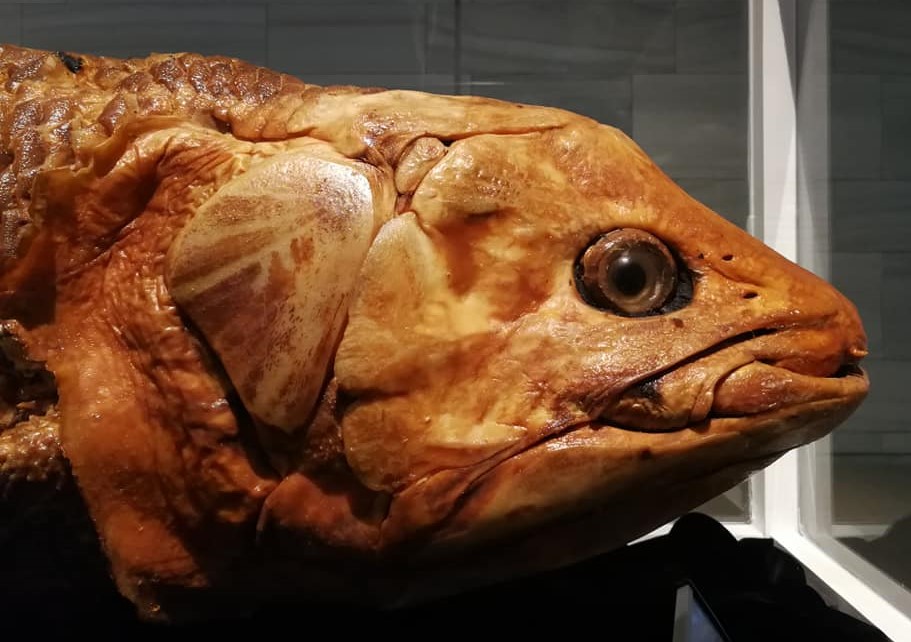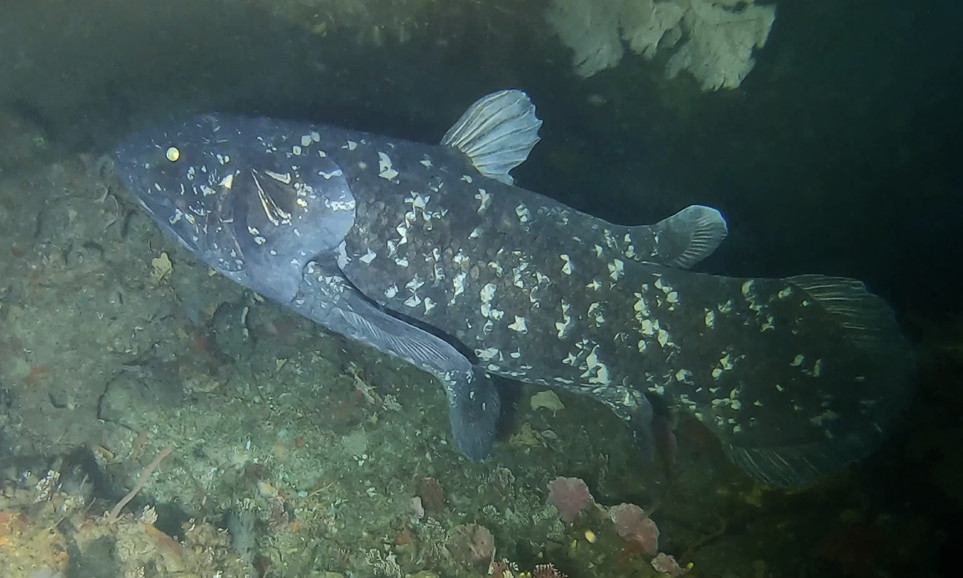
A fish that was once thought to be extinct has been making unexpected appearances in the West Indian Ocean — and scientists have now discovered that the “living fossils” could live up to 100 years.
The coelacanth is a colossal fish weighing up to 200 pounds and measuring nearly seven feet in length. The species existed before the dinosaurs over 420 million years ago and was thought to have gone extinct with the dinosaurs until their rediscovery in 1938 in the waters off of South Africa.

Coelacanths grow very slowly and take decades to reach sexual maturity; Females aren’t sexually mature until well into their 50s. What’s more, they carry their young for an astonishing 5 years — the longest gestation period of any known animal.
While scientists have long thought that the fish lived for only 20 years, new research published in Current Biology suggests that they could reach 100. Researchers recently counted annual growth rings on the fish’s scales to age them, similar to how one would measure the age of trees. While these counts had been done on the specimens before, French scientists realized that they were missing smaller lines only visible with polarized light. For every 1 line counted previously, polarized light illuminated 5 additional growth lines. After studying 27 specimens, researchers shared that their oldest fish was around 84 years old. Using this information, they concluded that coelacanths could in fact live to be around 100 years of age.
Unfortunately, slow-growing animals like this are particularly vulnerable to human impacts, and these guys are considered critically endangered.




